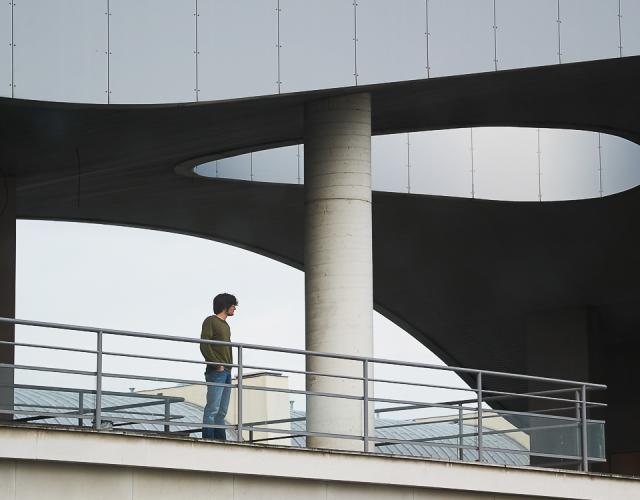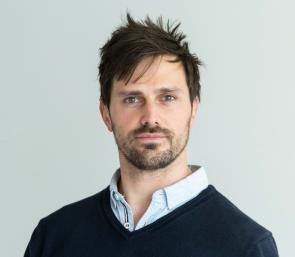
Classic sound recording
INFORMATIONS
-
Objectives and content
Master the various aspects of stereophonic and multichannel sound recording as part of an acoustic music project.
Acquire method and confidence in the choice and implementation of sound recording devices.
Develop an aesthetic sense in relation to the recorded repertoire.
Knowing how to prepare and manage a work session with musicians based on the repertoire.
Knowing how to prioritise artistic and technical issues.
This course is organised around specific sound recording, mixing and artistic direction sessions:
Chamber music sessions in the Conservatoire's public rooms and Vincent Meyer studio.
Sound recordings of orchestras and large ensembles during in-house productions at the Conservatoire.
Recording projects outside the Conservatoire.
Personal practical work by students in the evenings, at weekends and during school holidays.
Master classes are organised to explore certain techniques.
At the same time, each student can take part in work placements with a professional, outside or within the Conservatoire, depending on planning. This professional tutor takes a critical look at the student's work and may give him or her exercises to complete.
At the end of the course, each student must present an individual production project. This project must involve at least the production of a record, but may also be a more personal undertaking.
-
Entrance terms and conditions
FSMS 3-4
-
Assessment terms and conditions
A certificate in classical sound recording is validated by validation of all the following requirements:
Sound recording - production exam (duration: 3 hours) (the final exam will take into account the professional and aesthetic orientations established by the student at the end of 2nd year).
Monitoring of work over the two years, with critical analysis of results, in the form of continuous assessment.
Participation in the "jazz sound recording" course
-
Erasmus
No


